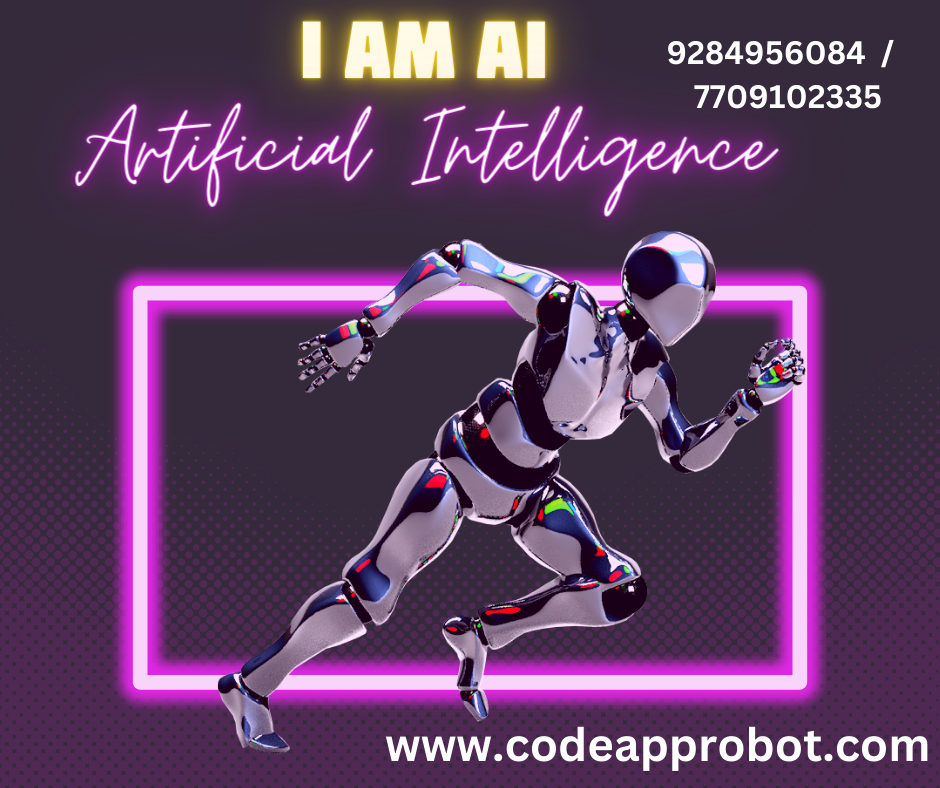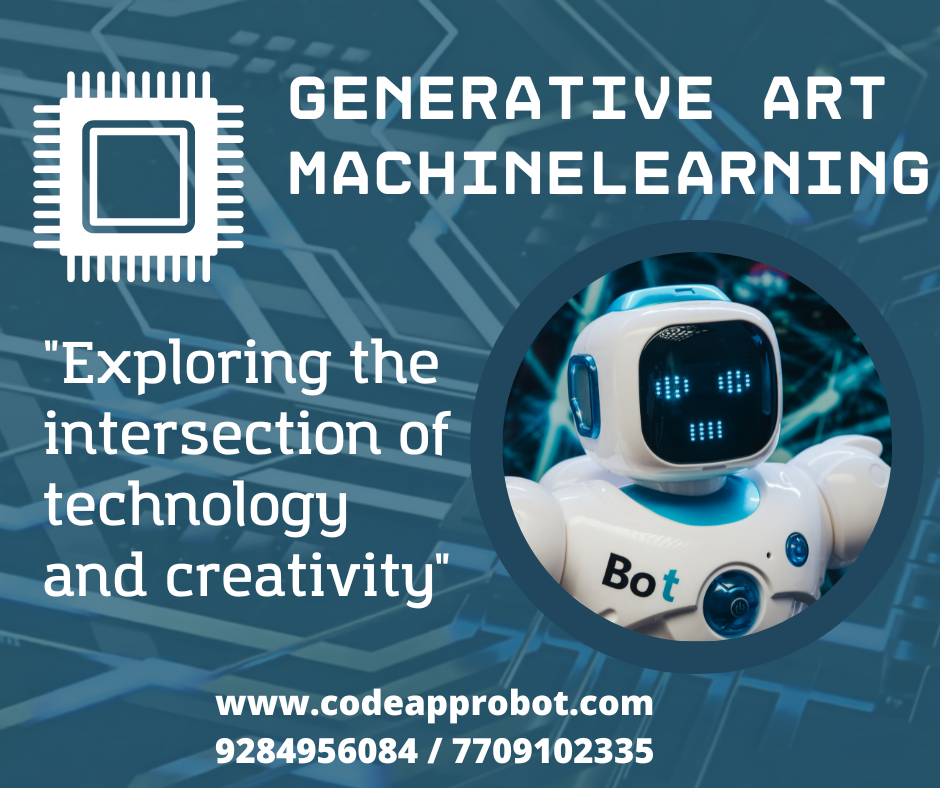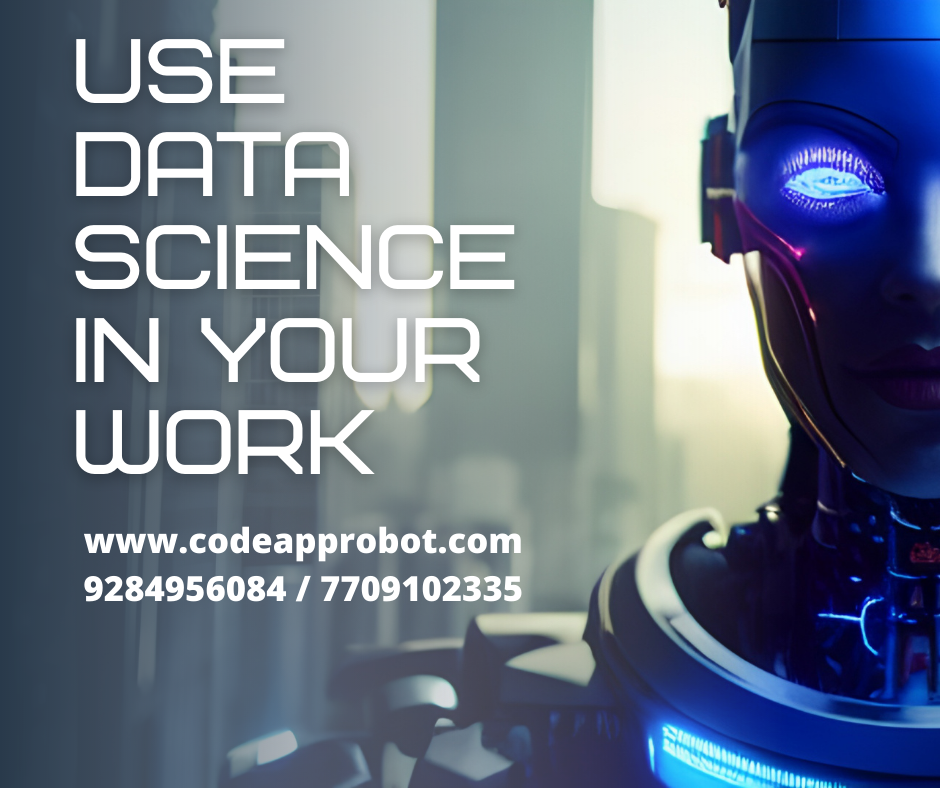Latest Trends in Artificial Intelligence Machine Learning and Data Science



Latest Trends in Artificial Intelligence Machine Learning and Data Science
Latest Trends in Artificial Intelligence Machine Learning and Data Science
Introduction:
Artificial Intelligence (AI), Machine Learning (ML), and Data Science (DS) are rapidly evolving fields that are changing the way we live, work, and interact with technology. In recent years, there has been a surge of interest and investment in these fields, driven by advances in technology, increased availability of data, and the growing need for intelligent solutions in various industries. In this article, we will explore the latest trends in AI, ML, and DS and examine their potential impact on society and the economy.
Part 1: Latest Trends in Artificial Intelligence
Artificial Intelligence refers to the development of intelligent systems that can perform tasks that typically require human intelligence, such as visual perception, natural language processing, and decision making. The following are some of the latest trends in AI:
Machine Vision: Machine vision is an AI technology that allows computers to interpret and understand visual information from the world around us. This technology is rapidly evolving and has a wide range of applications, including robotics, autonomous vehicles, and healthcare.
Natural Language Processing (NLP): NLP is an AI technology that enables computers to understand, interpret, and generate human language. NLP is being used in a variety of applications, including virtual assistants, chatbots, and speech recognition.
Deep Learning: Deep learning is a subset of AI that involves training neural networks to recognize patterns in data. This technology has been used to develop advanced image and speech recognition systems and has the potential to revolutionize fields such as healthcare and finance.
Explainable AI: Explainable AI refers to the development of AI systems that can provide transparent explanations for their decisions and actions. This technology is becoming increasingly important as AI is being used in applications such as autonomous vehicles and healthcare, where trust and transparency are critical.
Part 2: Latest Trends in Machine Learning
Machine Learning refers to the development of algorithms that can learn from data and improve over time without being explicitly programmed. The following are some of the latest trends in ML:
Reinforcement Learning: Reinforcement learning is a type of ML that involves training agents to make decisions in an environment by receiving feedback in the form of rewards or punishments. This technology is being used in applications such as robotics and gaming.
Federated Learning: Federated learning is a type of distributed ML that enables multiple devices to collaborate and learn from each other without sharing their data. This technology has the potential to address privacy concerns and improve the scalability of ML systems.
AutoML: AutoML refers to the development of AI systems that can automatically design and optimize ML models. This technology has the potential to democratize ML and make it more accessible to non-experts.
Edge Computing: Edge computing refers to the processing of data on the devices themselves rather than sending it to a central server. This technology is becoming increasingly important in ML applications such as autonomous vehicles, where real-time processing is critical.
Part 3: Latest Trends in Data Science
Data Science refers to the development of methods and techniques for extracting insights from data. The following are some of the latest trends in DS:
Big Data: Big Data refers to the massive volumes of data that are generated by various sources, including social media, sensors, and IoT devices. DS is being used to extract insights from this data and develop predictive models that can be used in various applications.
Explainable AI: Explainable AI is also a trend in DS, as it is becoming increasingly important to develop models that can provide transparent explanations for their decisions and actions.
Augmented Analytics: Augmented analytics refers to the development of AI systems that can assist human analysts in the process of data analysis. This technology has the potential to improve the accuracy and efficiency of data analysis and enable organizations to make better-informed decisions.
Data Ethics: Data ethics refers to the ethical considerations surrounding the collection, use, and sharing of data. As the use of data becomes more widespread, it is important to ensure that data is used in a responsible and ethical manner. This includes considerations such as privacy, bias, and the potential impact on society.
Data Visualization: Data visualization refers to the use of graphical representations to communicate insights and findings from data. This technology is becoming increasingly important as data becomes more complex and difficult to interpret, and can be used in a variety of applications, including business intelligence and scientific research.
Conclusion:
Artificial Intelligence, Machine Learning, and Data Science are rapidly evolving fields that are changing the way we live, work, and interact with technology. The latest trends in these fields are driven by advances in technology, increased availability of data, and the growing need for intelligent solutions in various industries. As these fields continue to evolve, they have the potential to revolutionize various aspects of society and the economy. However, it is important to ensure that these technologies are developed and used in a responsible and ethical manner, and that their potential benefits are realized while minimizing potential risks and negative impacts. By staying up-to-date with the latest trends in AI, ML, and DS, we can better understand their potential and make informed decisions about their use and development.
Latest Trends in Artificial Intelligence Machine Learning and Data Science
Artificial Intelligence, Machine Learning, and Data Science are complex and dynamic fields that require a wide range of tools and technologies to operate effectively. In this section, we will discuss some of the most important tools used in these fields:
Programming Languages: Programming languages are the foundation of any AI, ML, or DS project. Some of the most commonly used programming languages in these fields include Python, R, Java, and C++. Python is particularly popular for its simplicity and versatility, making it a preferred language for many AI and DS applications.
Machine Learning Frameworks: Machine Learning Frameworks provide developers with a set of tools and resources for building, training, and deploying machine learning models. Some popular machine learning frameworks include TensorFlow, PyTorch, Scikit-Learn, and Keras. These frameworks enable developers to focus on the core algorithms and techniques of machine learning, rather than on the underlying infrastructure and implementation details.
Data Visualization Tools: Data Visualization Tools are used to create visual representations of data, which can help to communicate insights and findings more effectively. Some popular data visualization tools include Tableau, Power BI, and Google Data Studio. These tools enable analysts and data scientists to create interactive dashboards, charts, and graphs that can be shared and explored by others.
Cloud Computing Platforms: Cloud Computing Platforms, such as Amazon Web Services (AWS) and Microsoft Azure, provide scalable and cost-effective computing resources for AI, ML, and DS applications. These platforms enable developers and organizations to access powerful computing resources on-demand, without the need for expensive hardware or infrastructure.
Natural Language Processing (NLP) Tools: Natural Language Processing (NLP) Tools are used to analyze and understand human language, which is important for applications such as chatbots, sentiment analysis, and language translation. Some popular NLP tools include NLTK, Spacy, and GPT-3.
Big Data Tools: Big Data Tools are used to store, process, and analyze large volumes of data, which is a key requirement for many AI and DS applications. Some popular Big Data tools include Hadoop, Spark, and Cassandra. These tools enable organizations to process and analyze massive amounts of data, and to extract insights and value from this data.
In conclusion, the tools used in AI, ML, and DS are constantly evolving, and there are many different options available depending on the specific application and use case. However, by staying up-to-date with the latest trends and technologies in these fields, developers and organizations can ensure that they have the tools and resources necessary to build and deploy effective and innovative solutions.
Latest Trends in Artificial Intelligence Machine Learning and Data Science
Preparing for a career in Artificial Intelligence, Machine Learning, and Data Science requires a combination of academic training, practical experience, and a strong understanding of the industry and its requirements. Here are some steps that Indian students can take to prepare for a career in these fields:
Academic Training: Students can pursue undergraduate or graduate degrees in Computer Science, Mathematics, Statistics, or related fields, which will provide a solid foundation in the concepts and techniques of AI, ML, and DS.
Online Courses and Certifications: There are many online courses and certifications available that can help students to develop specific skills and knowledge related to AI, ML, and DS. These courses and certifications can also help to prepare students for industry-recognized exams.
Practical Experience: Practical experience is crucial for developing the skills and knowledge necessary for a career in AI, ML, and DS. Students can gain practical experience through internships, research projects, and hackathons. Many companies and organizations offer internship programs specifically for students interested in these fields.
Industry-Recognized Exams: There are several industry-recognized exams that can help students to demonstrate their skills and knowledge in AI, ML, and DS. Some of the most popular exams include the Microsoft Certified: Azure AI Engineer Associate, the AWS Certified Machine Learning – Specialty, and the Google Cloud Professional Data Engineer. These exams can also help students to stand out to potential employers and advance their careers.
In conclusion, preparing for a career in AI, ML, and DS requires a combination of academic training, practical experience, and industry-recognized certifications. By pursuing these opportunities, Indian students can develop the skills and knowledge necessary to excel in these rapidly evolving fields.
DISCLAIMER:
However, please note that the information provided is for educational and informational purposes only, and should not be used as a substitute for professional advice or guidance.
Latest Trends in Artificial Intelligence Machine Learning and Data Science
The syllabus for a course on Artificial Intelligence, Machine Learning, and Data Science can vary depending on the institution and level of the course. However, here is a general outline of the topics that may be covered in such a course, with each topic explained separately:
Introduction to Artificial Intelligence: This topic covers the basics of AI, including its history, applications, and types of AI systems. It also introduces students to the key concepts and techniques used in AI, such as machine learning, natural language processing, and computer vision.
Machine Learning: This topic covers the fundamentals of machine learning, including supervised learning, unsupervised learning, and reinforcement learning. It also covers the algorithms and techniques used in machine learning, such as decision trees, k-nearest neighbors, and neural networks.
Data Science: This topic covers the basics of data science, including data acquisition, data preprocessing, and data visualization. It also covers the various types of data analysis, such as exploratory data analysis, statistical inference, and predictive modeling.
Deep Learning: This topic covers advanced machine learning techniques, such as deep learning, which involves neural networks with many layers. It covers the architectures, training algorithms, and applications of deep learning.
Natural Language Processing: This topic covers the basics of natural language processing, including text preprocessing, tokenization, and parsing. It also covers the techniques used in natural language processing, such as sentiment analysis, text classification, and language translation.
Computer Vision: This topic covers the basics of computer vision, including image processing, feature extraction, and object recognition. It also covers the techniques used in computer vision, such as object detection, segmentation, and tracking.
Big Data Analytics: This topic covers the challenges and techniques involved in analyzing large-scale datasets. It covers the tools and frameworks used in big data analytics, such as Hadoop, Spark, and MapReduce.
Ethics and Bias in AI: This topic covers the ethical and social implications of AI, including issues related to bias, transparency, and accountability. It also covers the legal and regulatory frameworks governing AI.
Overall, a course on AI, Machine Learning, and Data Science aims to equip students with the skills and knowledge necessary to work with large and complex datasets and build intelligent systems that can learn from data. It requires a strong foundation in mathematics, statistics, and computer science, as well as practical experience in programming and data analysis.
Frequently Asked Questions (FAQ) and their answers related to Artificial Intelligence (AI), Machine Learning (ML), and Data Science (DS):
AI refers to the simulation of human intelligence in machines that are programmed to think and learn like humans. AI systems can be classified as either narrow or general, based on their ability to perform specific or multiple tasks.
ML is a subset of AI that involves the use of algorithms and statistical models to enable machines to learn from data, without being explicitly programmed. ML algorithms can be categorized as supervised, unsupervised, or reinforcement learning.
DS is an interdisciplinary field that involves the extraction, transformation, analysis, and interpretation of large and complex datasets. It combines techniques from statistics, mathematics, and computer science to extract insights and knowledge from data.
Some popular tools and technologies used in AI, ML, and DS include Python, R, TensorFlow, PyTorch, Scikit-learn, Apache Spark, Hadoop, and SQL.
AI, ML, and DS have applications in various industries, including healthcare, finance, transportation, and e-commerce. Some examples of applications include image and speech recognition, fraud detection, recommender systems, and predictive maintenance.
Some challenges and ethical concerns related to AI, ML, and DS include bias and fairness, interpretability, privacy and security, and job displacement. It is important to address these concerns and develop ethical frameworks and regulations for the responsible use of AI.
Job roles in AI, ML, and DS include data scientist, machine learning engineer, AI researcher, data analyst, and business intelligence analyst. There are many career opportunities in this field, as it is rapidly growing and in demand.